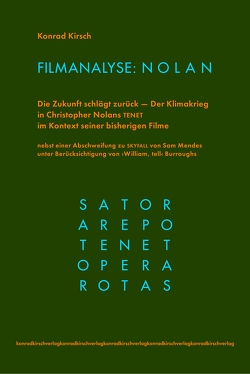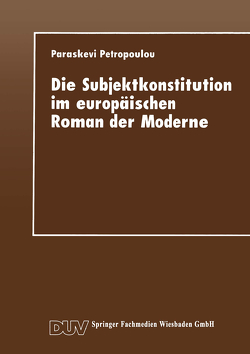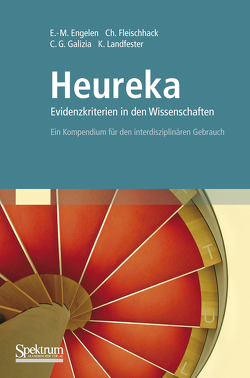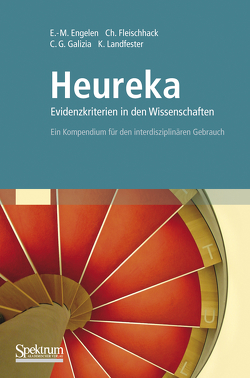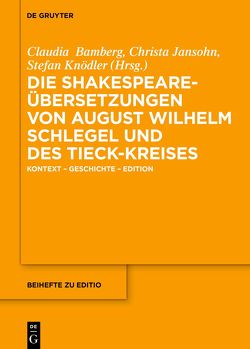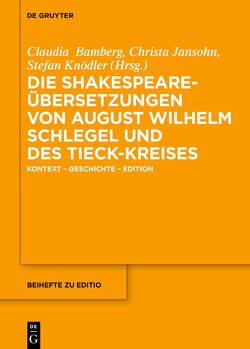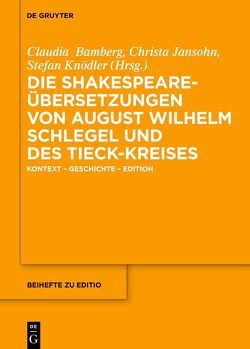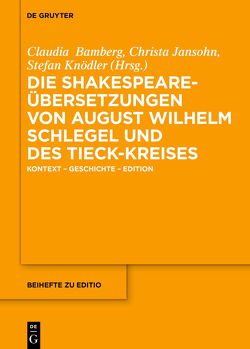Praktizierte Feindesliebe: „Romeo und Julia“
Incl. English summary: Loving the enemy put into practice
Konrad Kirsch
William Shakespeare’s tragedy ROMEO AND JULIET playfully examines Christian principles under conditions of the ›real‹ world. Baz Luhrmann’s film-version ROMEO + JULIET emphasizes the Christian subtext, as the cross-like plus-sign in the title clearly suggests.
Romeo and Juliet follow the commandment of loving the enemy. But even in a Christian world, the love for the enemy is forbidden. The clash of a Christian principle with the reality of Christianity is the tragical core of Shakespeare’s drama.
So, the actual conflict that is told in the drama exists not between the Capulets and the Montagues, but between the lovers and their hostile families: between love and hate. Friar Laurence supports the lovers because he recognizes that Romeo and Juliet have turned hate to love. This could not only be a model for reconciliating their families. Because ‚There is no world without [outside] Verona walls‘, the city of Verona is equal to the world. Thus, if it was possible ‚To turn […] rancour to pure love‘ in Verona, the reconciliation of the world would be the consequence.
These hyperbolic expectations have a real example: In the feud of the Capulets and Montagues are the Wars of the Roses transformed, that ended with the marriage of Henry VII., a Lancaster, and Elisabeth, a York. According to the Tudor-myth this marriage was the start of a golden age, as the marriage of Romeo and Julia would make paradise on earth possible.
In the beginning of the drama Romeo has not yet found his role. This changes when he meets Juliet: He drops his last name and is newly baptized as the lover. But he holds a double-role: Romeo is also depicted as a Christ-character. As Christ, he is the god of love, and that is why Juliet has to fall in love with him.
Some further subjects: the geometry of love, the lark and the nightingale in Gethsemane, Mantua as the realm of the dead, Juliet’s resurrection, the Christian and the ancient-greek/pagan principle, the Prince and the Friar versus Fortuna and Coincidence, the third convenant, the exchanged letter, Mercutio’s curse and the plague.

